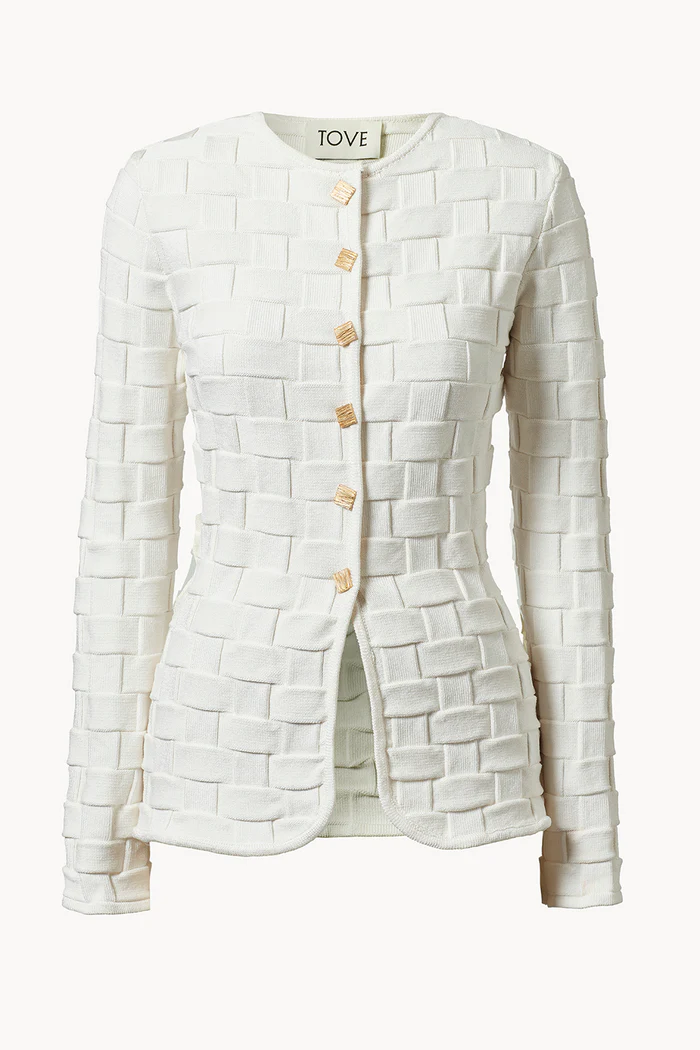Quiet Luxury: The Elegance of Silence and The Rise of Timeless Luxury
- Damla Ardıç
- Jan 30
- 3 min read
What comes to mind when you think of luxury? Bold logos, flashy designs, and “look at me” statements? Or understated simplicity, where quality speaks louder than extravagance? If you chose the latter, you, like me, are an admirer of the Quiet Luxury movement.
Quiet Luxury isn’t just a trend—it’s a philosophy. It’s a lifestyle embraced by those who want to live more simply yet meaningfully. By combining silence and sophistication, this movement challenges the fast-paced world of consumption and emphasizes the enduring value of quality.
Quiet Luxury: From Roots to Revival
The origins of Quiet Luxury trace back to the 1990s, when brands like Ralph Lauren and Calvin Klein introduced the concept of “invisible luxury.” This style prioritized quality and simplicity over ostentation. Today, it’s experiencing a revival, driven by sustainability, conscious consumption, and personal expression.
Modern consumers care less about what they wear and more about the story behind what they wear. People no longer identify a brand by its logo but by the feeling its design and craftsmanship evoke. Quiet Luxury shines here: understated elegance that connects with emotions.
Pioneers of Quiet Luxury
The brands leading the Quiet Luxury movement showcase how simplicity and quality can be mesmerizing:
Bevza: The Ukrainian brand Bevza embodies modern minimalism with its refined, elegant designs. Its use of natural fabrics and timeless details brings Quiet Luxury to life.
Celine: Under Phoebe Philo’s minimalist vision, Celine became a pioneer of Quiet Luxury. Avoiding logos and focusing on timelessness, Celine’s designs exude effortless sophistication.


Tove: London-based Tove combines sustainability and quality, offering consumers a sophisticated simplicity. Each piece in their collections is designed to stand the test of time.
Quiet Luxury in Brand Management and Marketing
Quiet Luxury redefines how brands are perceived. Its advocates follow strategies that steer clear of flashy visuals and aggressive advertising. Examples include:
Packaging and Store Design: Minimalistic yet sophisticated, evoking quality in every detail.
Storytelling: Not sales-driven but emotion-driven, emphasizing brand values and authenticity.
Social Media Presence: Prioritizing meaningful content over exaggerated influencer collaborations.
This movement is not just about the products; it’s about the brand story that resonates deeply with its audience. Quiet Luxury transforms luxury from a status symbol into a holistic value system.
Why I Love Quiet Luxury

What I admire most about Quiet Luxury is how it makes me reflect: What do I truly need? Does this piece offer more than just functionality—does it add meaning to my life?
I champion Quiet Luxury because I believe people should approach luxury not merely as a status symbol but as a lifestyle. It’s an invitation to value quality and timelessness in a world that often prioritizes speed and excess.
Buying something with the knowledge that it will remain with you, not just for today but for years to come, and feeling that it carries a story—that’s the true magic of Quiet Luxury.
A More Conscious Future with Quiet Luxury
Quiet Luxury holds the potential to shape a more conscious future in both our personal lives and the fashion industry. This philosophy reminds us that quality, not quantity, matters most. It teaches us to buy less but value more and to cherish what we own for longer.
From Bevza’s natural fabrics to Tove’s sustainable designs, every brand leading this movement offers a meaningful consumption model that feels more personal and impactful.
Embracing the Elegance of Silence
Quiet Luxury is not just about fashion—it’s a way of life. Embracing understated elegance, appreciating quality in every detail, and forming a connection with what you own… That’s the essence of Quiet Luxury.
Why not bring the elegance of silence into your life? Step into a lifestyle that values depth over display. Because true luxury isn’t in what you own—it’s in how it makes you feel. 🌟
By Damla Ardıç
.png)







Comments